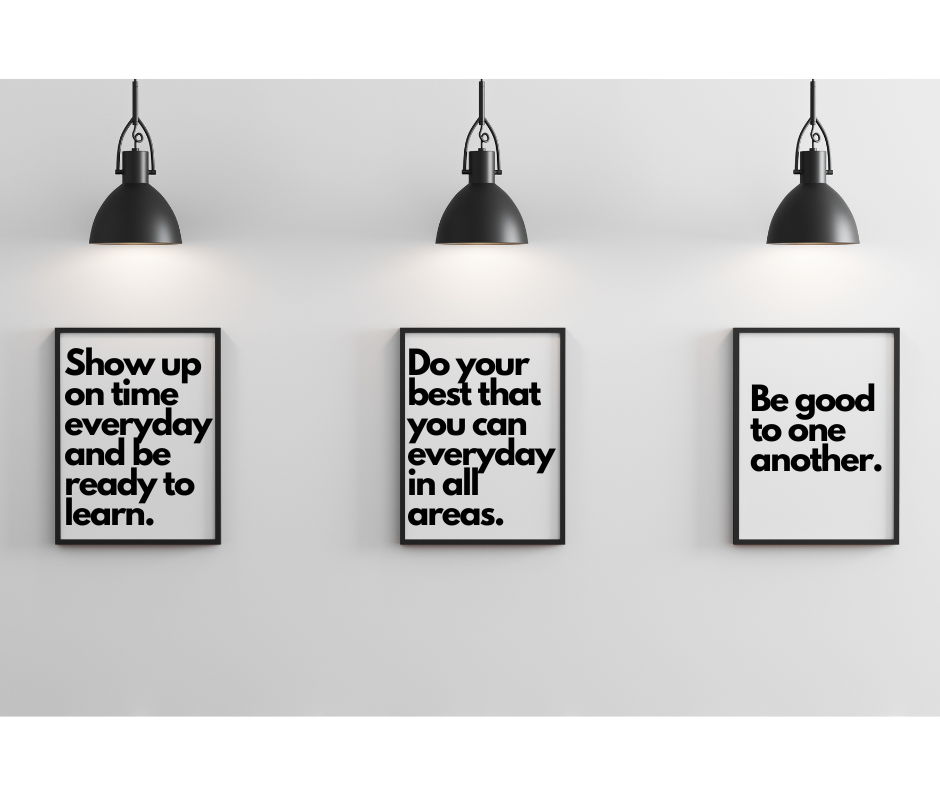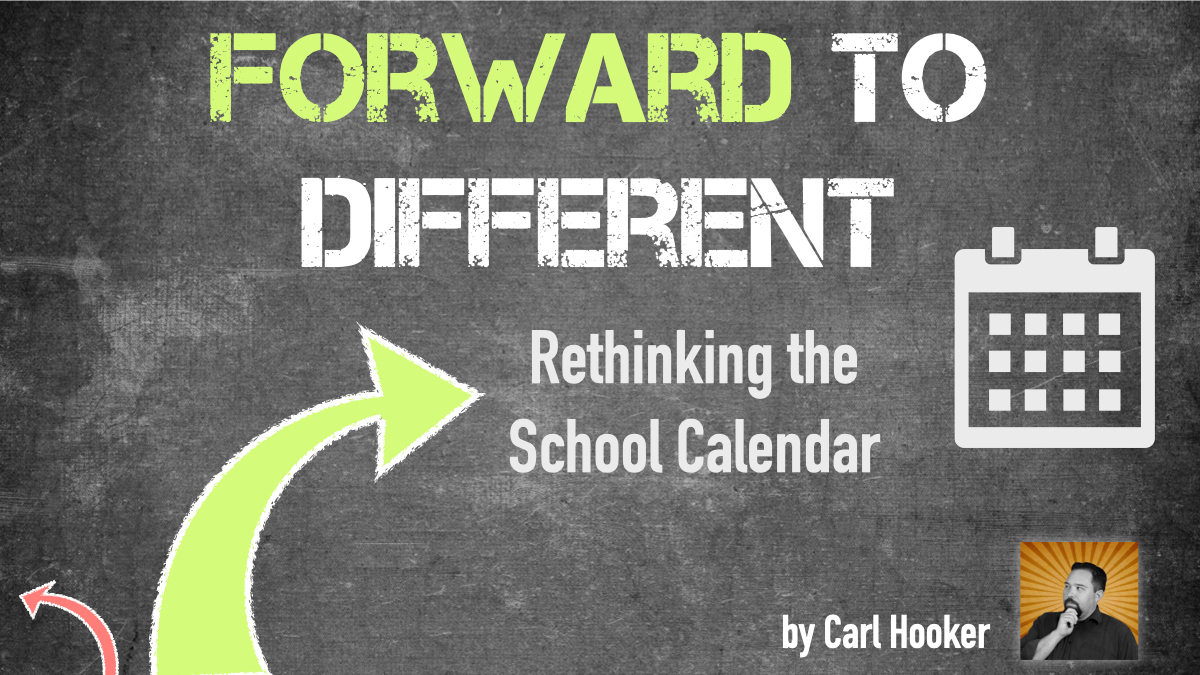“Do The EASY Things Right”

Scott Galloway is exactly right in a recent interview he said; “Get the easy stuff right. Show up on time, dress well, do the basics the right way.”
Even at the youngest of schooling age, we can push the narrative of getting children to do the easy things right. Think of as many little things that children are asked to do that take little thought or effort. Stand in line, travel in the hallway, say please and thank you, say I’m sorry. Plus so much more.
The sooner children recognize that these simple, easy tasks are doable, the richer your school culture will become. The more the message resonates to your school community, it will become the standard, not the expectation. I think so much about the children’s experience daily and I kept thinking about my father always saying to me; “make sure to take care of the little things, so the big things take care of themselves.” So the last two school years we have simplified our messaging to this short message below which hangs outside of every classroom in our building;
- Show up on time everyday and be ready to learn
- Do your best that you can everyday in all areas
- Be good to one another
Teachers are able to refer to the expectations/standards to help guide them through behaviors and performance issues in the classroom. It guides discussion and is easy for parents to piggy back on at home. As adults, isn’t this what we do each day of our lives? We constantly speak with parents about the importance of EFFORT first. If effort is there, outcomes will happen over time. Effort that is learned and is habitual has massive staying power. Your best each day is one of the many “easy things” we have control over daily. What a great connector for staff as well. These 3 points are not hard to model for our kids either. When students “Show Up” daily and see their teacher everyday “Show Up” for them, it sends a clear message that is appreciated and valued by the children.
In a time when we need children to come to school with a “readiness”, the easy things haven’t been so easy since the pandemic. We need the easy things standardized at home and school to help fortify the foundation of respect and understanding of how to be the person that we want to be. The easy things are part of the “processes” in a teacher’s classroom and take additional time, albeit well worth the time.
Oh yeah, data data data. I’ve smartened up and learned that results come from our ability to get the EASY things right everyday. Our highest performing students and classes knock the easy things out of the park today…… Tomorrow is brand new. Good luck.
Posted by: Craig Vogt
Principal at Jefferson School in Bergenfield, NJ.
30 years as an educator
15 years as an administrator.






Thanks for sharing this, Craig. Linda Nathan wrote a book some years ago called The Hardest Questions Aren’t on the Test, detailing the visioning process she led at The Boston Arts Academy 20 years ago. It was one of the first examples that helped me recognize the power of visioning and how articulating a vision into codes and values can impact a school community.
Dr. Rayna Freedman (also here on K12Leaders) recently guided her school through a similar process, demonstrating how articulating values like this can have such an impact on school culture.
Another friend of mine, an ethics professor, once shared a thought that’s stuck with me- Values are decision-making tools that empower anyone in an organization to make decisions. If you understand and follow a set of values, you’re at least going to be close to doing the right thing…. Building that kind of confidence in a community is good work, indeed.